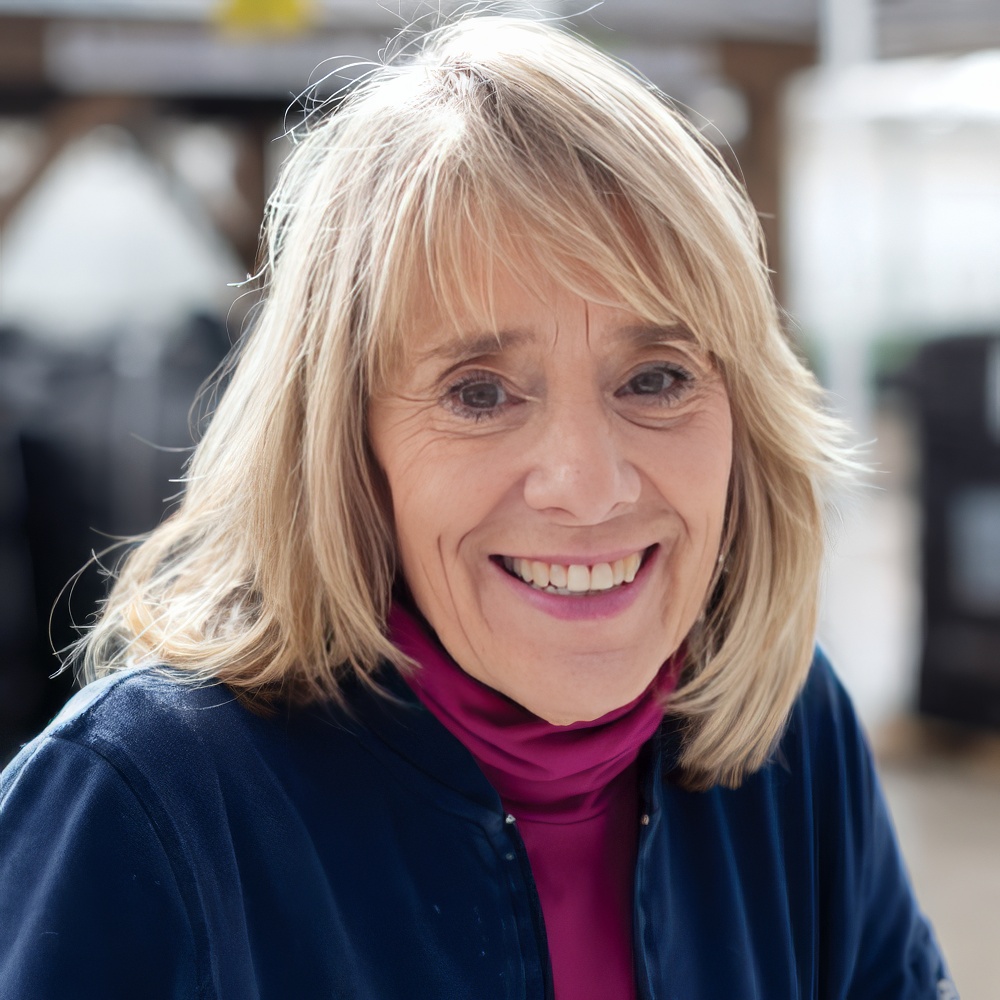
Luan Akin
2007
SILVER CIRCLE INDUCTEE
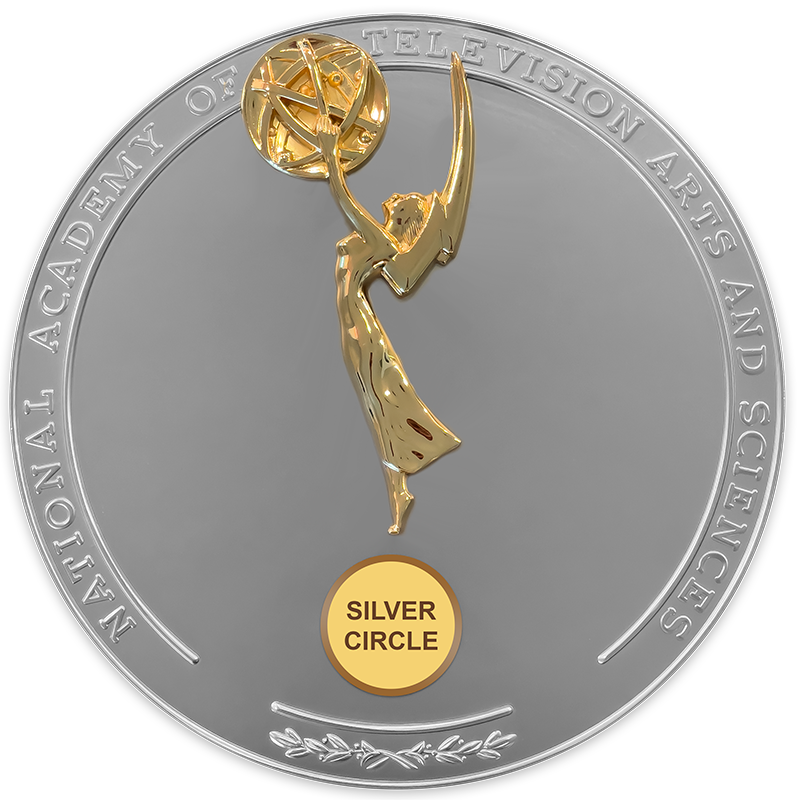
Luan Akin is the weekday helicopter reporter for CBS4 in Denver, covering stories ranging from spot-news in nature to assignment reporting, to (her favorite) spectacular weather stories. A Colorado native, she joined KCNC in 1979 as a general assignment reporter and soon began specializing in helicopter reporting. Her colleagues and associates speak of her as a professional broadcast journalist, and it's clear that she loves her work and her "flying TV studio."
But as many lives as have been touched by her work on television, Luan plays a role in several communities that is worthy of recognition. Her love of animals is well-known: she works with the Denver Dumb Friends League, Max Fund, the Bat Conservation Society, and the Delta Society (matching therapy dogs with the people who need them). In addition, the Persian Rescue and the Burro Rescue have a variety of paws and hooves in her home, and she has rescued several goats for the Douglas County 4H group.
Luan has provided the personal and financial commitment to have a well dug at a remote village in Uganda, East Africa, in order to provide sanitary drinking water for orphanage kids there. She gives generously of her time and resources to the Loyola school and the Ronald McDonald House; the state's major universities and college journalism programs know her as a guest speaker and student mentor.
In her spare time, Luan is a Master Gardener and an avid beekeeper. She and her husband, Skip, live in Parker.

John Ferrugia
2007
SILVER CIRCLE INDUCTEE

John Ferrugia came to KMGH in 1992, continuing an award-winning career that has taken him from the Great Wall in China to war-torn Beirut to Vatican City. He has experience covering stories involving Prime Ministers, the Pope, and the President, many times on Air Force One. John has been honored with television journalism's most prestigious awards, including the Dupont-Columbia Award, two George Foster Peabody Awards, and a national Investigative Reporters and Editors (IRE) Award.
His investigation into the sexual assaults of female cadets at the US Air Force Academy has brought national recognition, Congressional hearings, and a complete change of leadership at one of the world's most prestigious military institutions.
In 1980, John was a Washington correspondent for CBS News, covering the presidential inauguration of Ronald Reagan. Later, he was named a White House correspondent and traveled with the President, covering the 40th anniversary of the D-Day invasion in Normandy and the economic summits in London and Williamsburg. In 1985, he was the principal anchor for "West 57th" news magazine, reporting from around the world to cover issues including the Soviet war in Afghanistan.
John came to Denver in 1989 to anchor the news at KCNC; three years later, he joined KMGH where he developed his signature report: "The Ferrugia File." He has a longstanding and undisputed record of seeking and reporting the truth, of setting the highest journalistic standards, and of personal integrity. He says, "I feel I have an obligation to use my talents in some way to improve the community I work and live in."
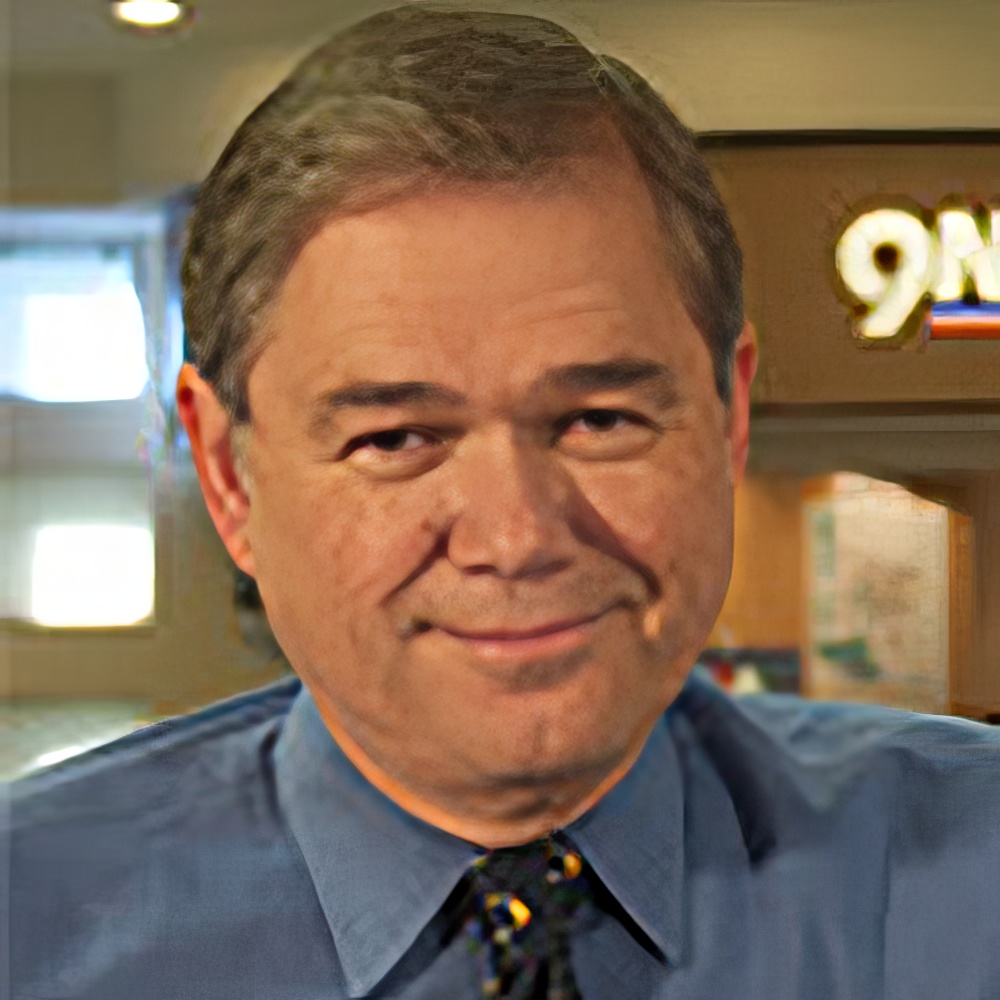
Don Perez
2007
SILVER CIRCLE INDUCTEE

Don Perez started his career at KUSA in Denver back in March of 1971. Over the years, he has been involved in a number of significant engineering and operational projects. He is known as a leader, a pioneer, and a catalyst for change.
In 1979, he was on the team that installed the station’s first computerized editing system. In the early nineties, he won Gannett’s Herb Schubarth Award for Engineering Achievement for his work in integrating television components into the design and construction of the then-new 9News building at Speer and Logan. When Pope John Paul II visited Denver in 1993 for World Youth Day, Don coordinated the technical operations for the station and was part of the team that created an international pool feed of the four-day event.
The twenty-first century has brought big changes to television, merging I.T., broadcast, and other technologies. During this transition, Don worked closely with various major manufacturers in the development of new products for the TV industry. In fact, one of his largest achievements was making KUSA the third station in the country to switch to high definition television newscasts and helping to design the first HDTV news helicopter. As the Director of Operations and Technology for the station, Don oversaw the entire process, including the station’s digital conversion, the move to non-linear editing, and eventually the first HDTV newscast in Denver. "It was a little like changing the engine of a car while it’s still moving," he says.
In 2006, Don successfully led the technology conversion to operate two stations, KUSA and KTVD, from one building.
Now retired, Don and his wife Carol enjoy traveling, sports cars, and golf.
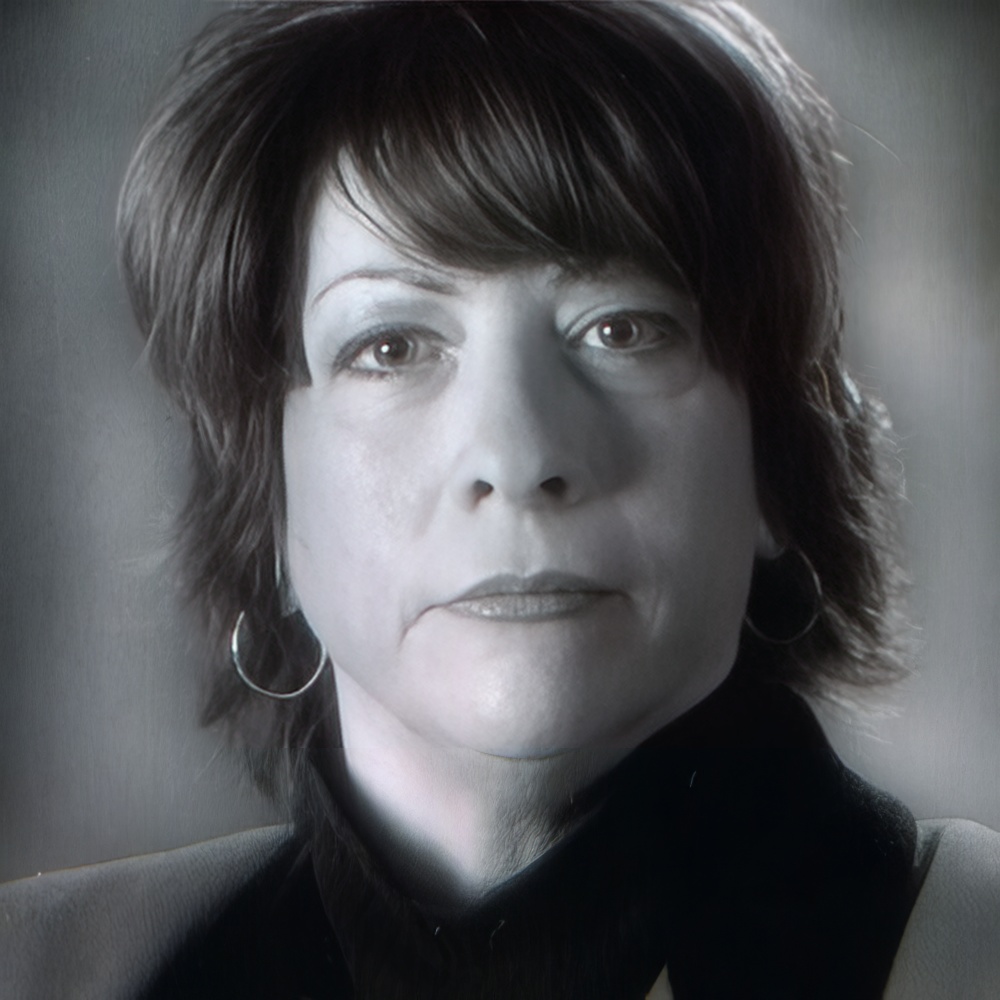
Terri Watkins
2007
SILVER CIRCLE INDUCTEE

There is no question that Terri Watkins has made a significant contribution to broadcasting in Oklahoma. As an investigative journalist, she was always known for professionalism, accuracy, and integrity. She could be trusted. She was tough but fair. She wasn't afraid of anyone. She put in the effort to get the stories right, not just first. She had the reputation of being knowledgeable, conscientious, and dedicated.
Raised in Norman, it all started back in the 70s when Terri first started in journalism as a radio reporter, then she made the jump to television in 1981, joining KOCO in Oklahoma City.
Through the years, Terri has been on two Peabody Award-winning teams, has earned the Edward R. Murrow, Houston, and New York International Film Festival awards for investigative reporting, six Emmy award nominations, and numerous AP and Oklahoma Broadcaster Association awards. She has been a member or officer of IRE, the investigative reporter organization, Reporters Committee for Freedom of the Press, Sigma Delta Chi, and two-term president of FOI Oklahoma.
She has covered and investigated many major stories, including the Murrah Building Bombing, the subsequent Timothy McVeigh trial and his execution, and has even hosted "Nightline" for ABC.
In 2006, Terri left KOCO to work at the state capitol, finally getting to use – in a different way – her degree in political science and her many years of personal experience and contacts. She's now gone from the airwaves as an unmatched investigative reporter, but the standard she set for that kind of work will remain for many years to come.
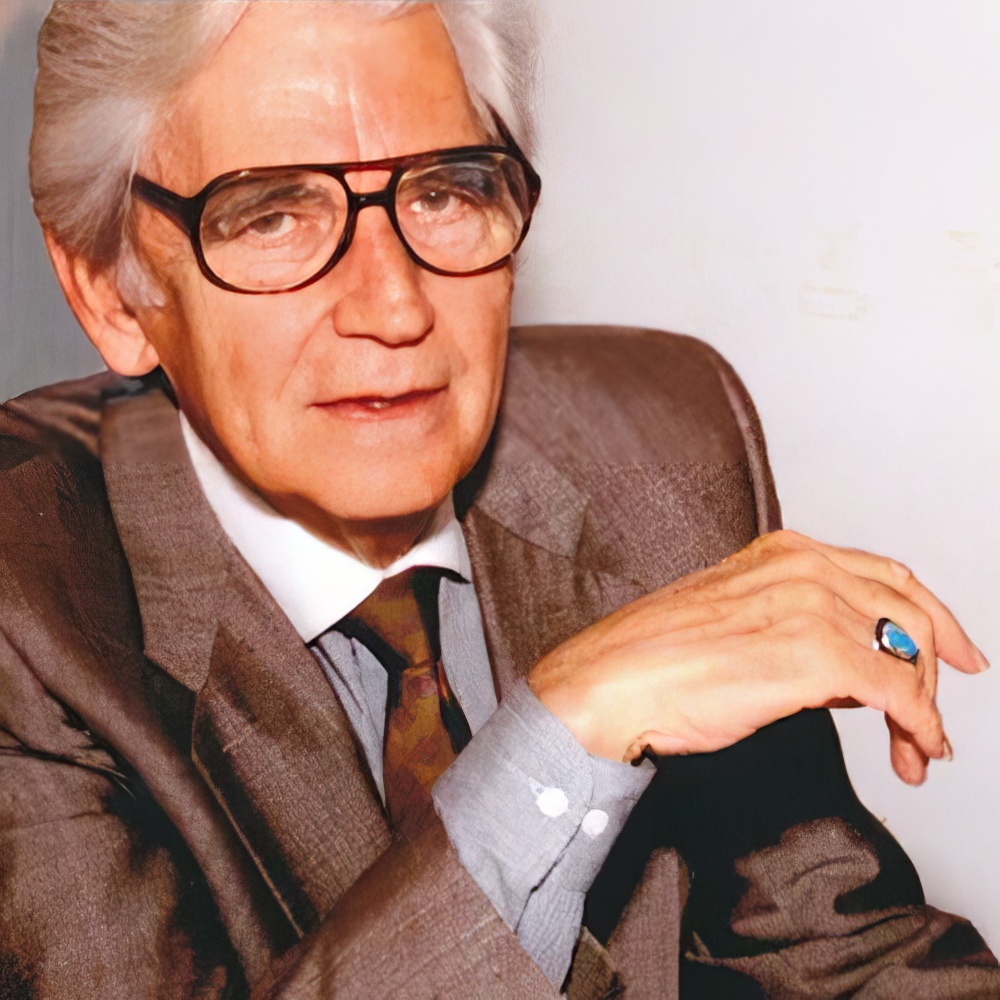
Ken Wilmot
2007
SILVER CIRCLE INDUCTEE

Ken Wilmot's legacy to broadcasting started in 1947 with his World War II tour of duty in the 20th Special Services, 7th Army, where he served in the European Theater as an Infantry Heavy Weapons replacement. His creativity found a home in the Soldier Shows, a group of technicians that created plays and concerts for the troops stationed in Europe, which combined with the USO in 1946.
Returning home, Ken landed a job at Agfa-Ansco using color film to do movie dailies for the motion picture industry. Later, he attended New York's Pratt Institute. Graduating in 1951, Ken took a full-time position as Art Director for Eastern Corporation and married Marie Self of Englewood, Colorado.
Once in Denver, Ken did freelance Art Direction while he waited for KLZ radio to get their TV license. KLZ or Channel 7 was just starting up, and Ken helped with the graphic side of the local broadcasts. From 1953 to 1975, Ken worked at KLZ-TV in many capacities, and it was a great time for innovations.
In 1965, Ken was elected President of the Denver Art Directors Club.
In 1976, Ken joined KRMA (now Rocky Mountain PBS) as the Manager of Film and Graphics and was the mastermind behind the shift from KRMA-TV to the introduction of the new logo "SIX."
When Ken retired in the mid-1990s, he began to experiment more with digital painting and still combines this with oil paint and watercolor. Ken is still enjoying painting and creating and has built several computers to get the tools that he wants.
Ken was inducted into the Broadcast Professionals of Colorado's Broadcast Pioneers Hall of Fame in 2004.
